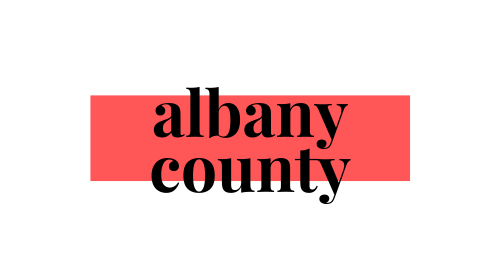Commissioners set aquifer date, approve art, consider county-city divide
The Laramie Reporter provides some highlights from the Albany County Commissioners’ meeting Tuesday.
The Albany County Commission convened Tuesday to discuss a range of issues. Throughout the course of the five-hour meeting, the commissioners covered the ongoing work on aquifer protection, the installation of public art in the courthouse, law enforcement, a shared growth plan with the city and more. During the meeting, the Albany County Commissioners:
Considered a memorandum of understanding with the City of Laramie, delineating a plan for coordinated growth management. The commissioners did not vote on the MOU, but Commissioner Heber Richardson provided an extensive history of the often contentious struggle between city and county governments. “In all of my time as a commissioner, I have never seen the county try to impose something on the city. Never. But I do see that happening the other way a lot. In other words, the commissioners can stay in our lane and we don’t struggle with that. The city struggles to stay in their lane.” Commission Chair Pete Gosar highlighted the importance of having consistent, knowable rules for developers. “If it’s two sheets of music, then it’s tough to figure out which one you’re going to play to. But if we’re both on the same sheet of music, (developers and investors) can have an understanding of the expectations.”
Set a date for a vote on aquifer overlay amendments, allowing the next 45 days for public comment. The commission will meet Nov. 2 to hear public comment on amendments to the county’s zoning regulations. Those zoning amendments strengthen protections for the underground reservoir and limit new construction and development on the land above. The commission meeting is likely to be bifurcated, so that all non-aquifer-related business is handled during a morning meeting, while the public hearing is hosted in the evening. A divided meeting would mirror how the commission handled discussions about the Rail Tie Wind Project, and allow for substantial public comment. Aquifer protection, and zoning on the ground above it, have been a contentious issue in Albany County for years. The commission’s most recent addition, Democrat Sue Ibarra, ran on a campaign to protect the aquifer.
Approved the installation of an art piece for the courthouse’s north entrance, allocating $44,000 for the project. Those funds will cover advertising, travel and lodging costs for the artists, in addition to the costs of fabrication and installation. Those funds will go to artists Quincey Owens and Luke Crawley of Indianapolis. Their planned art piece, Current, presents an abstracted depiction of a flowing river, rushing over rocks and boulders. “The requested design should engage viewers, encourage interaction, and generate civic pride in Albany County as well as reflect some aspect of Albany County such as its history, people, geography, and/or lifestyle,” the contract states.
Approved a $60,000 contract with Cathedral Home for Children, extending an agreement that has Cathedral Home providing pretrial diversion programs for young adults in Albany County. That contract provides $5,000 a month for one year. Pretrial diversion services differ by individual, but are available to those aged 18-25 and offered in lieu of criminal prosecution by Albany County Prosecuting Attorney Kurt Britzius. “The plus for the young adults is it allows them to avoid a criminal conviction and background,” Britzius said.
Accepted nearly $13,000 from the Wyoming Department of Transportation to pay Albany County Sheriff’s deputies overtime hours in the coming year. That overtime is specifically funded for the purposes of reducing unbelted fatalities and impaired driving. The funding supports efforts to make law enforcement highly visible on highways through Albany County. According to the agreement approved by the commission, “High Visibility Enforcement (HVE) is a universal traffic safety approach designed to create deterrence and change unlawful traffic behaviors.”
Considered a grant application to support trail-building in the Pilot Hill Recreation Area from the American Rescue Plan Act. The Act, meant to spur economic recovery amidst the COVID-19 pandemic, includes funding for investments in travel, tourism and outdoor recreation. Pilot Hill Inc Executive Director Sarah Brown-Matthews presented the idea to commissioners during their meeting Tuesday, intending to return at a future meeting with a draft grant proposal. “In a nutshell, what we would hope to do would be to utilize it for both the primary access site development — which we anticipate will run about $2 to $2.5 million,” Brown-Matthews said. “And we’d also like to include the accessible trails … which will run somewhere probably between $320,000 and $600,000. In total, I anticipate this request will be somewhere between $2.5 to $3 million.”
Approved the appointment of four individuals to the Environmental Advisory Committee, a board that serves both the city of Laramie and the county. The approval was actually a concurrence with the city’s appointment of those four individuals. All four reside within city limits. The four appointments are University of Wyoming Paleobotanist Ellen Currano, Brierley Associates GIS Specialist Harry Plendl, UW Haub School Research Scientist Rhiannon Jakopak and Medicine Bow-Routt National Forest Spokesperson MaryGrace Bedwell.
-



